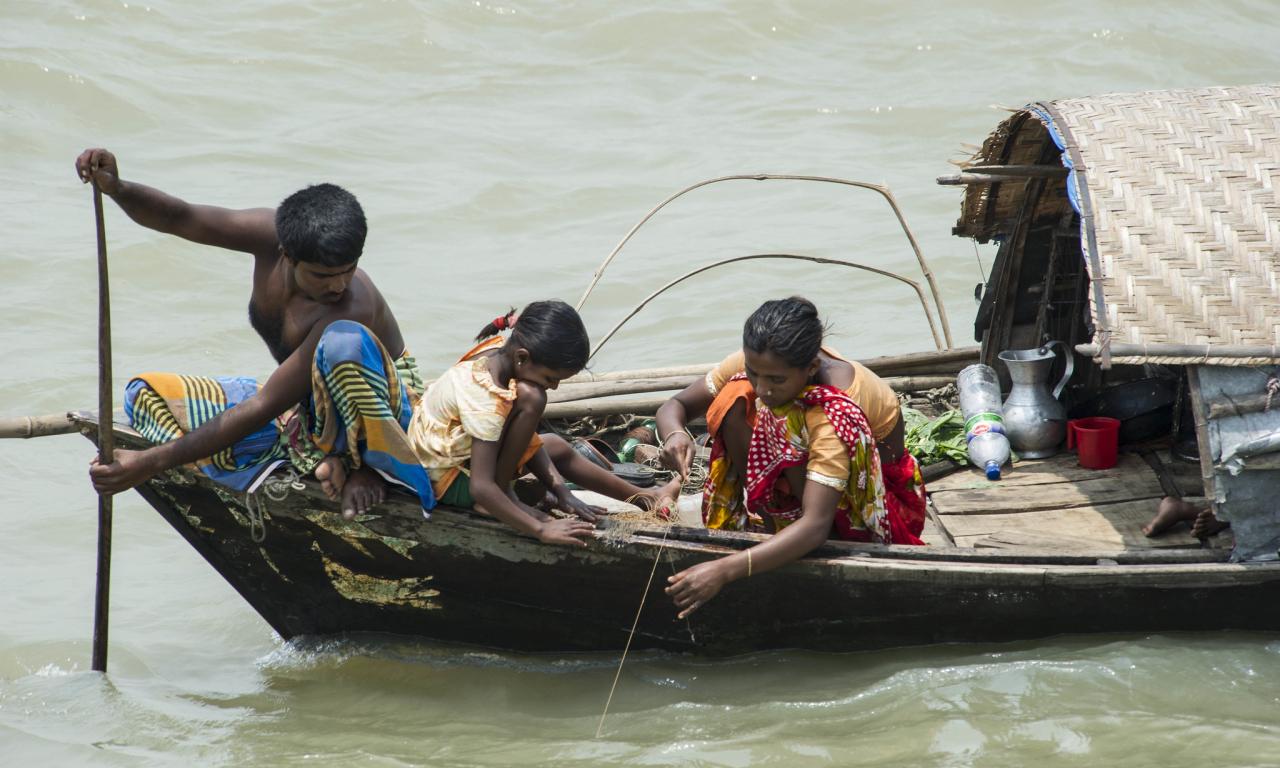
More than 300 experts from over 50 countries are contributing to the Illuminating Hidden Harvests (IHH) study, which will provide never before seen insights into global small-scale fisheries (SSF) when the results are released in February 2021.
An overview of the IHH research approach and preliminary results were presented during a webinar as part of the Virtual Dialogues on the Path to the 34th Session of the FAO Committee on Fisheries (15–17 July 2020).
Approach and methodology
A total of 676 participants, hailing from all corners of the globe, tuned into the live webinar on 17 July to learn more about the ongoing study.
Led by FAO, Duke University and WorldFish, the study will assess the contributions, impacts and drivers of small-scale fisheries globally.
“This study has the purpose to further develop our understanding of SSF so that policy and action can be informed by solid evidence,” explained Manuel Barange, Director, Fisheries and Aquaculture Division, FAO, in his opening remarks.
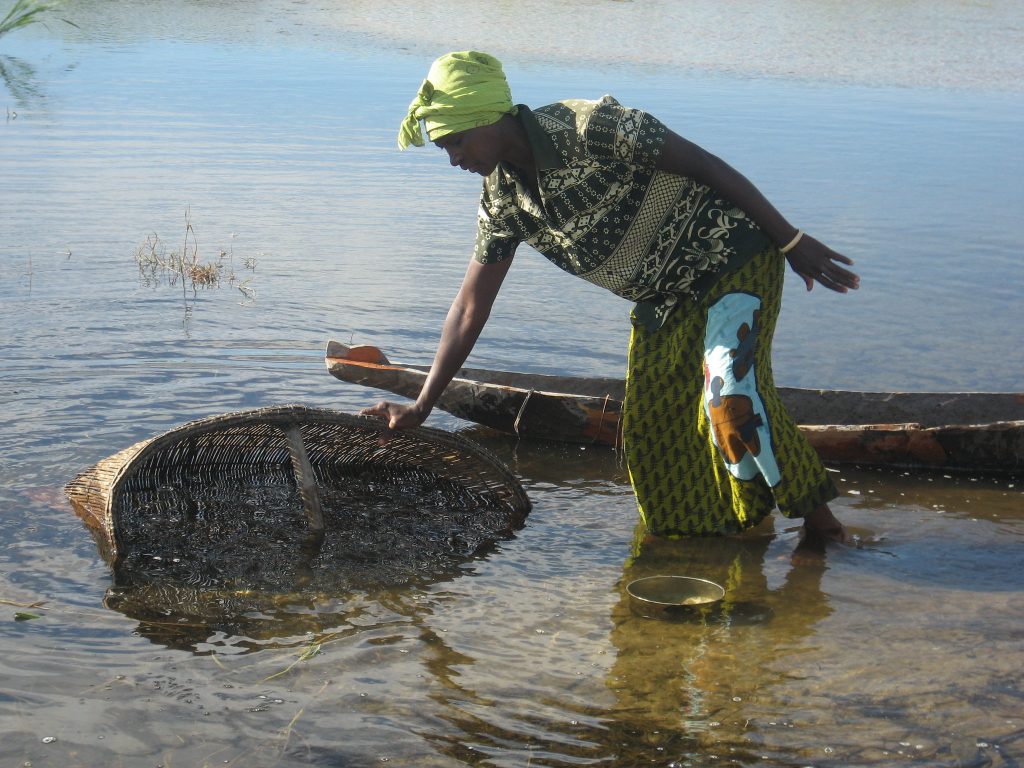
Barange acknowledged the IHH study is a “major activity” to support implementation of the Voluntary Guidelines for Securing Sustainable Small-Scale Fisheries in the Context of Food Security and Poverty Eradication (SSF Guidelines) that were endorsed in 2014.
The IHH study builds on a previous study—The Hidden Harvests: The global contribution of capture fisheries—said Giulia Gorelli, IHH Coordinator, FAO.
“The 2012 study by The World Bank, FAO and WorldFish provided some of the first estimates of the role and importance of small-scale fisheries at the global level.”
For instance, the study showed that millions of metric tons of fish from the sector are hidden (unreported), and that almost 50 percent of workers in the sector are women.
“Building on these previous findings, the IHH study aims to generate scientifically sound evidence to quantify the role that SSF play for the three pillars of sustainable development (economic, social and environmental) and governance at the global level,” said Gorelli.
The IHH study uses existing global and regional datasets that contain specific data on SSF, explained Maria Mar de la Mancha-Cisneros, IHH technical lead, Duke University.
“The main data for the IHH study comes from national-level case studies in 58 countries, which will be extrapolated to obtain global estimates.”
In addition, Mancha-Cisneros explained, an ad-hoc questionnaire was sent to all FAO member countries, with 104 countries providing responses, and a series of thematic studies by global experts have been commissioned.
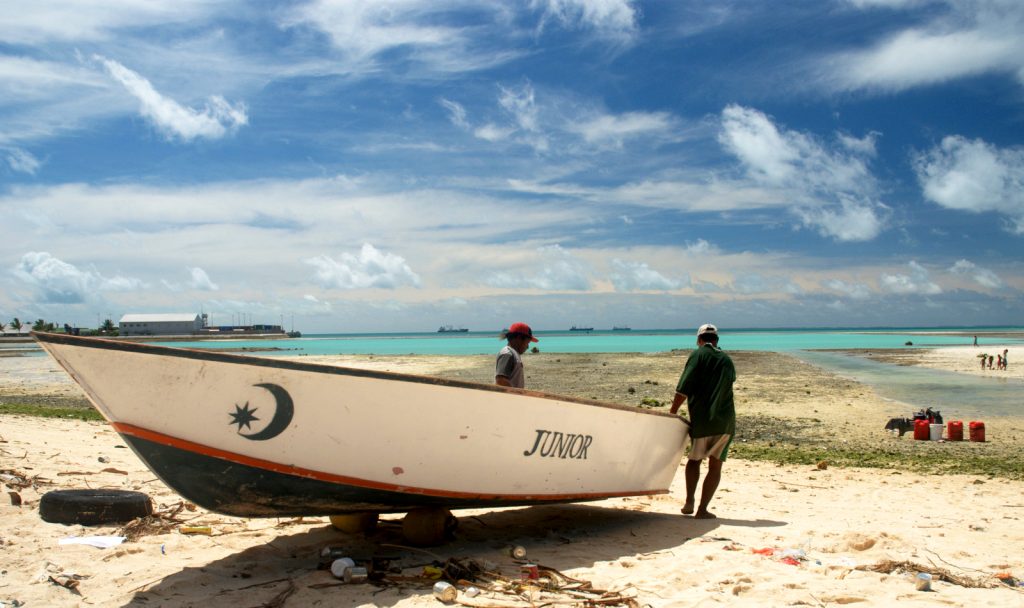
Critically, the IHH team has developed a handbook detailing the IHH methodology and an e-learning course.
This is part of the IHH team’s effort to develop rigorous methodologies for the collection and synthesis of SSF data, which webinar participants agreed is a top priority for the data-poor SSF sector.
In a live poll run during the webinar, when participants were asked “how can FAO best work with governments to support implementation of the SSF Guidelines?”, the top response (31 percent) was “build capacity for collecting and analyzing data.”
Preliminary results
With the IHH study still underway, and findings not due out until February 2021, several IHH team members presented some preliminary results from the IHH study, covering about 50 percent of the total county case studies so far.
“Evidence suggests that marine fishing capacity is 5 times higher in terms of kilowatts (motorized) but only double in terms of number of fishers, compared with inland fisheries,” said Nicolas Gutierrez, fisheries resources officer, FAO, about quantifying SSF in terms of catch and numbers of vessels and fishers.
“When looking at fishing inefficiency, it seems so far that developed countries have an average catch per fisher in a particular year that is almost three times higher than in developing countries.”
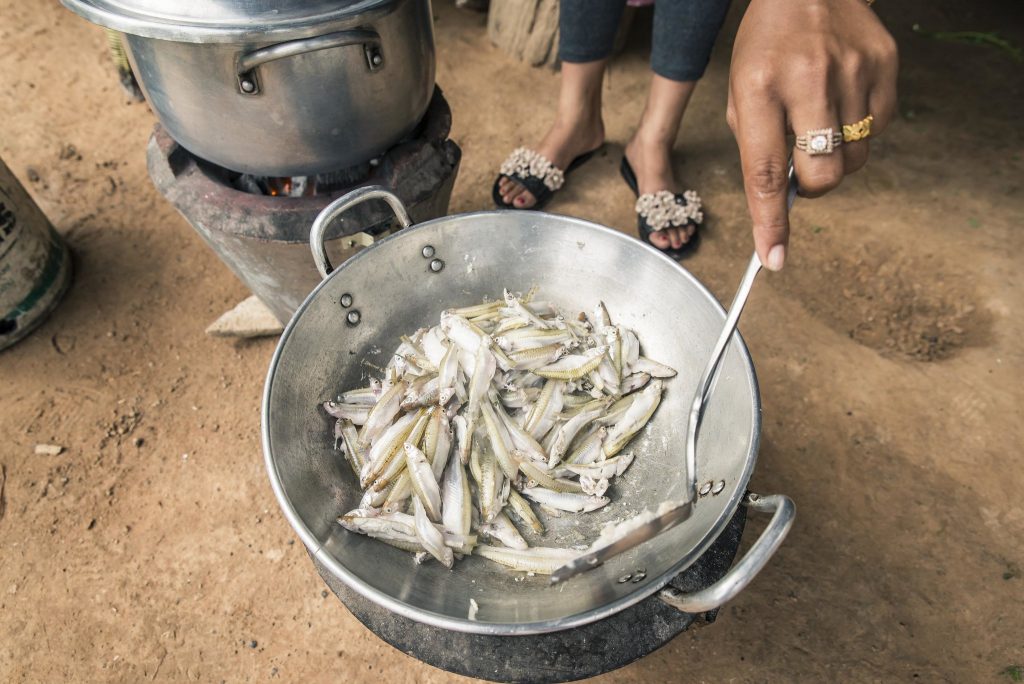
Small-scale fisheries have the potential to increase food and nutrition security through multiple pathways, explained Xavier Basurto, Associate Professor, Duke University.
“One pathway is through direct consumption by marginalized populations, which increases diet diversity. A different pathway is that income generated by fishers commercially engaged in SSF can safeguard against extreme poverty and increase economic access to food in general.”
Basurto said that gear and spatial management measures are the most common in developed countries, whereas management measures that are costly to implement such as total allowable catch are uncommon in developing countries.
“These preliminary findings point at management disparities between countries with low and high human development indexes,” said Basurto.
Gender is “central to the study” and integrated as a cross-cutting theme, said IHH gender co-lead Danika Kleiber, postdoctoral fellow, WorldFish and ARC Centre of Excellence for Coral Reef Studies.
“Gender is important to understand where people fish and their impact on the environment, where people sit in the economic value chain, what benefits people derive from fisheries and who has decision making power over those fisheries,” she said.
To help “cut into the cycle of invisibility of gender in fisheries data,” a team of 25 gender advisors representing 23 IHH countries were engaged in the study, explained IHH gender co-lead Sarah Harper, postdoctoral fellow, University of British Columbia.
“The aim was to improve the quality of sex-disaggregated data in the IHH study but to also go beyond that to collect insights and context-specific knowledge,” she added.
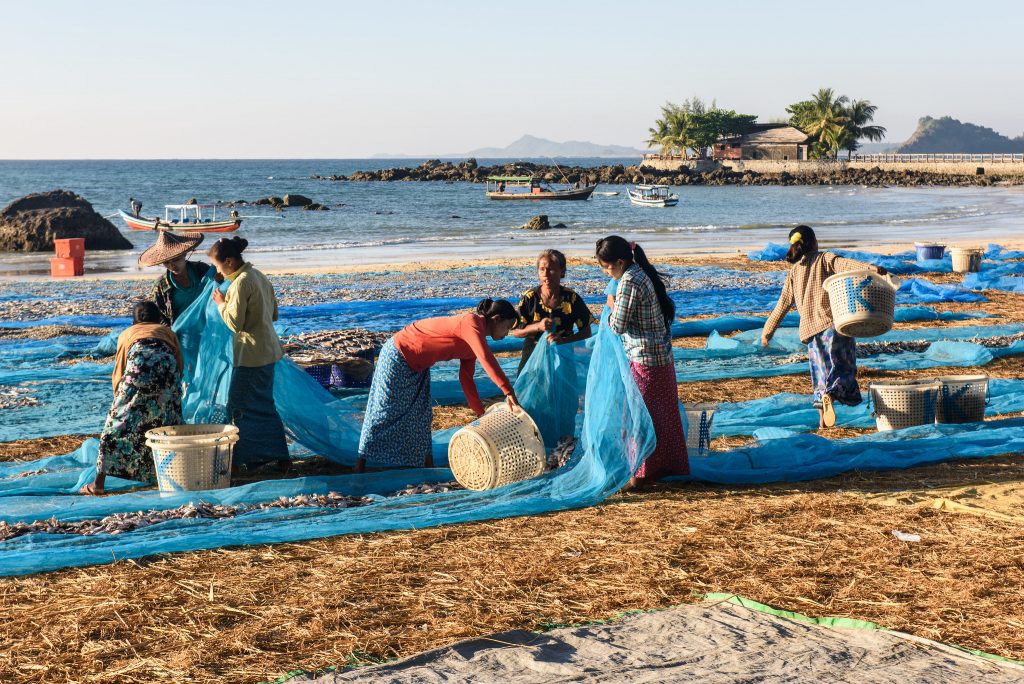
Why IHH is useful
The IHH study is being developed with and for research institutes, governments, civil society and inter-governmental organizations. Four representatives spoke on why the IHH study will be useful.
“In Indonesia, the IHH study is important to reach and share a common understanding on the issues and problems relating to the local management of SSF,” said Ilham Ilham, an associate professor at the Jakarta Technical University of Fisheries in Indonesia and IHH country case study author.
For donors, using the IHH data to implement the SSF Guidelines will be a “natural next step,” said Nina Kristin Synder, senior adviser, Norwegian Agency for Development Cooperation (Norad).
“It will provide us [the Norwegian Government and Norad], and others, with a better knowledge platform to guide development policies that aim to strengthen small-scale fisherfolk’s livelihoods,” she said.
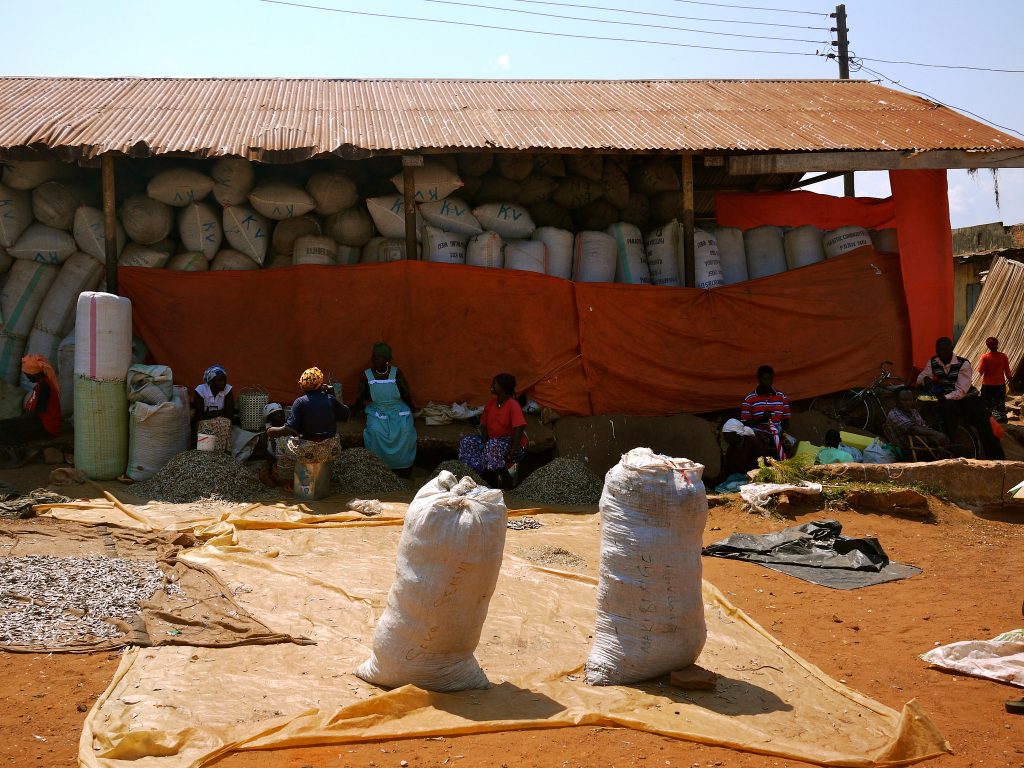
In Uganda, the IHH findings could strengthen advocacy efforts in support of SSF, said Margaret Nakato, coordinator, Katosi Women Development Trust.
“The IHH study is important for civil society to lobby for improved infrastructure development, enact policies to promote use of SSF products for human consumption, and call for the development of fisheries, including access to basic social services,” she said.
The potential partnerships arising from the IHH study will be “very useful,” said Bernice Mclean, senior programme officer for fisheries, African Union Development Agency.
“African experts in the fisheries and aquaculture sector will benefit greatly from networking with the authors of the IHH country case studies. Broadening the continent’s existing expert networks will contribute to strengthening regional capacity on integrated approaches,” she said.
‘Meaningful change’
In his closing remarks, Gareth Johnstone, director general of WorldFish, spoke about the involvement and coordinated efforts of the more than 300 experts contributing to the study, describing it as “an important outcome.”
“Our collective challenge is to support, resource and expand the work of this network beyond the study, to mobilize a global movement for transformation, meaningful change.”
“We need to leverage our collective power… to secure a seat at the table for small-scale fisheries representatives in national, regional and global policy processes and build a compelling business case for supporting the sector,” said Johnstone.
- IHH webcast: http://www.fao.org/webcast/home/en/item/5322/icode/
- Subscribe to the IHH news update : https://worldfishcenter.us4.list-manage.com/subscribe?u=2008cf65a0e14eb…
- IHH program brief (English): http://www.worldfishcenter.org/content/illuminating-hidden-harvests-con…